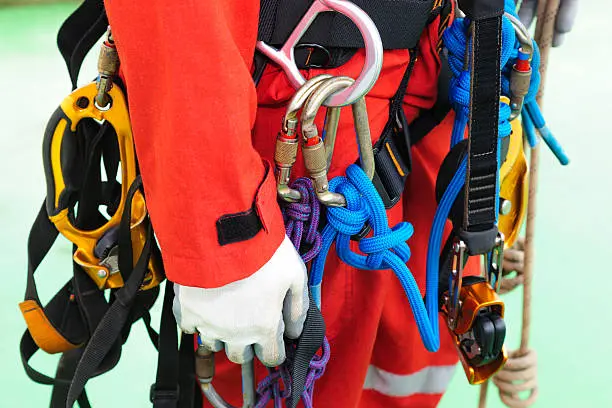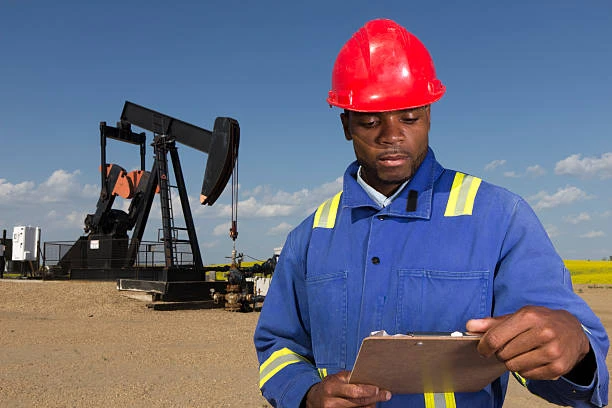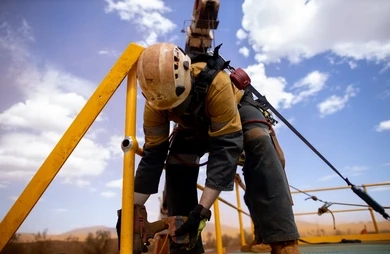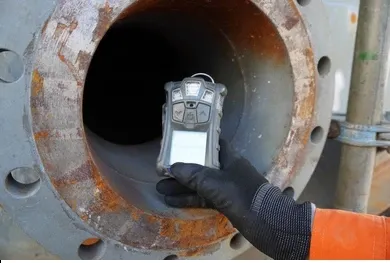Welcome to the comprehensive Plumbing and Pipe Fitting Course, designed to equip you with the essential skills and knowledge needed to excel in the field of plumbing and pipe fitting. Whether you’re a novice looking to start a rewarding career or a seasoned professional aiming to enhance your expertise, this course will provide you with a solid foundation and advanced techniques to succeed in the industry.
Course Structure:
- Introduction to Plumbing:
- Understand the importance of plumbing in residential, commercial, and industrial settings.
- Learn about different types of plumbing systems and their components.
- Explore the history and evolution of plumbing technology.
- Safety Procedures and Regulations:
- Prioritize safety in plumbing work environments.
- Familiarize yourself with OSHA regulations and industry standards.
- Learn how to identify and mitigate potential hazards in plumbing installations.
- Basic Plumbing Tools and Equipment:
- Get hands-on experience with essential plumbing tools and equipment.
- Learn how to use wrenches, pipe cutters, soldering irons, and other tools effectively.
- Understand the maintenance and care of plumbing tools to ensure longevity and optimal performance.
- Pipe Materials and Selection:
- Explore different types of piping materials, including copper, PVC, PEX, and galvanized steel.
- Understand the properties, advantages, and limitations of each material.
- Learn how to select the appropriate piping material based on application, budget, and environmental factors.
- Pipe Installation Techniques:
- Master the techniques for cutting, threading, and joining pipes.
- Learn how to plan and layout plumbing systems for optimal efficiency.
- Gain practical experience in pipe fitting, soldering, brazing, and welding.
- Plumbing Fixtures and Appliances:
- Understand the function and installation of various plumbing fixtures, such as sinks, toilets, showers, and bathtubs.
- Learn about water heaters, garbage disposals, dishwashers, and other plumbing appliances.
- Explore best practices for troubleshooting and repairing common plumbing fixture issues.
- Drainage and Ventilation Systems:
- Study the principles of drainage and venting in plumbing systems.
- Learn how to design and install drainage and vent systems to prevent clogs, odors, and backups.
- Gain insights into code requirements and standards for drainage and ventilation.
- Water Supply Systems:
- Explore different types of water supply systems, including municipal water, well water, and rainwater harvesting.
- Learn about water distribution piping, valves, and pressure regulation.
- Understand how to troubleshoot and repair water supply issues, such as leaks, low pressure, and contamination.
- Plumbing Codes and Inspections:
- Familiarize yourself with local plumbing codes, regulations, and permitting processes.
- Learn how to interpret plumbing blueprints and specifications.
- Prepare for plumbing inspections and ensure compliance with applicable codes and standards.
- Career Opportunities and Professional Development:
- Explore various career paths in the plumbing and pipe fitting industry, including residential, commercial, and industrial sectors.
- Learn about apprenticeship programs, certification requirements, and continuing education opportunities.
- Discover tips for advancing your career, building your professional network, and staying updated with industry trends.

By completing this Plumbing and Pipe Fitting Course, you will emerge as a skilled and knowledgeable professional capable of tackling diverse plumbing challenges with confidence and expertise. Whether you aspire to work as a plumber, pipe fitter, contractor, or consultant, the skills and insights gained from this course will propel you towards a successful and rewarding career in the plumbing industry.









